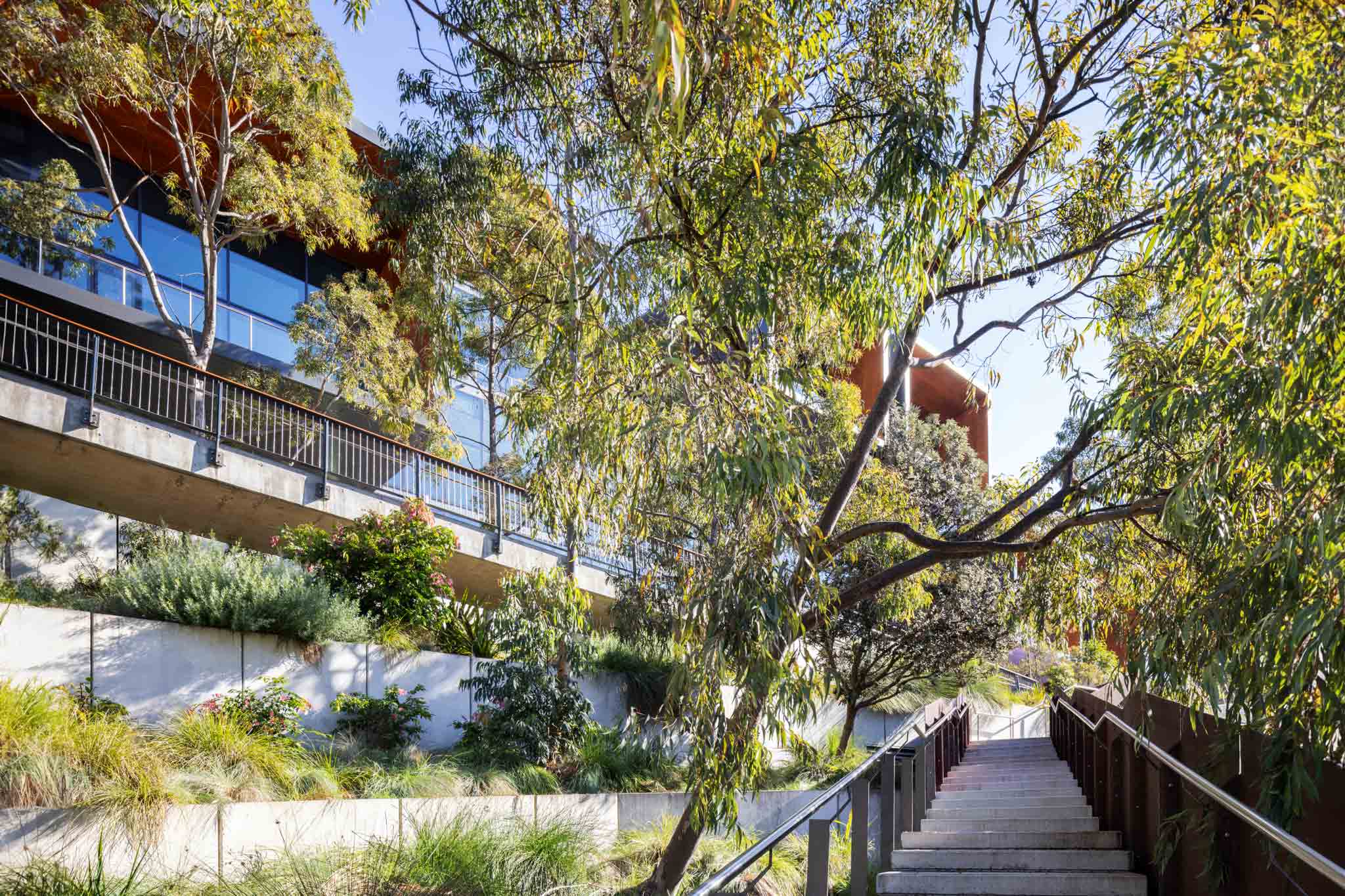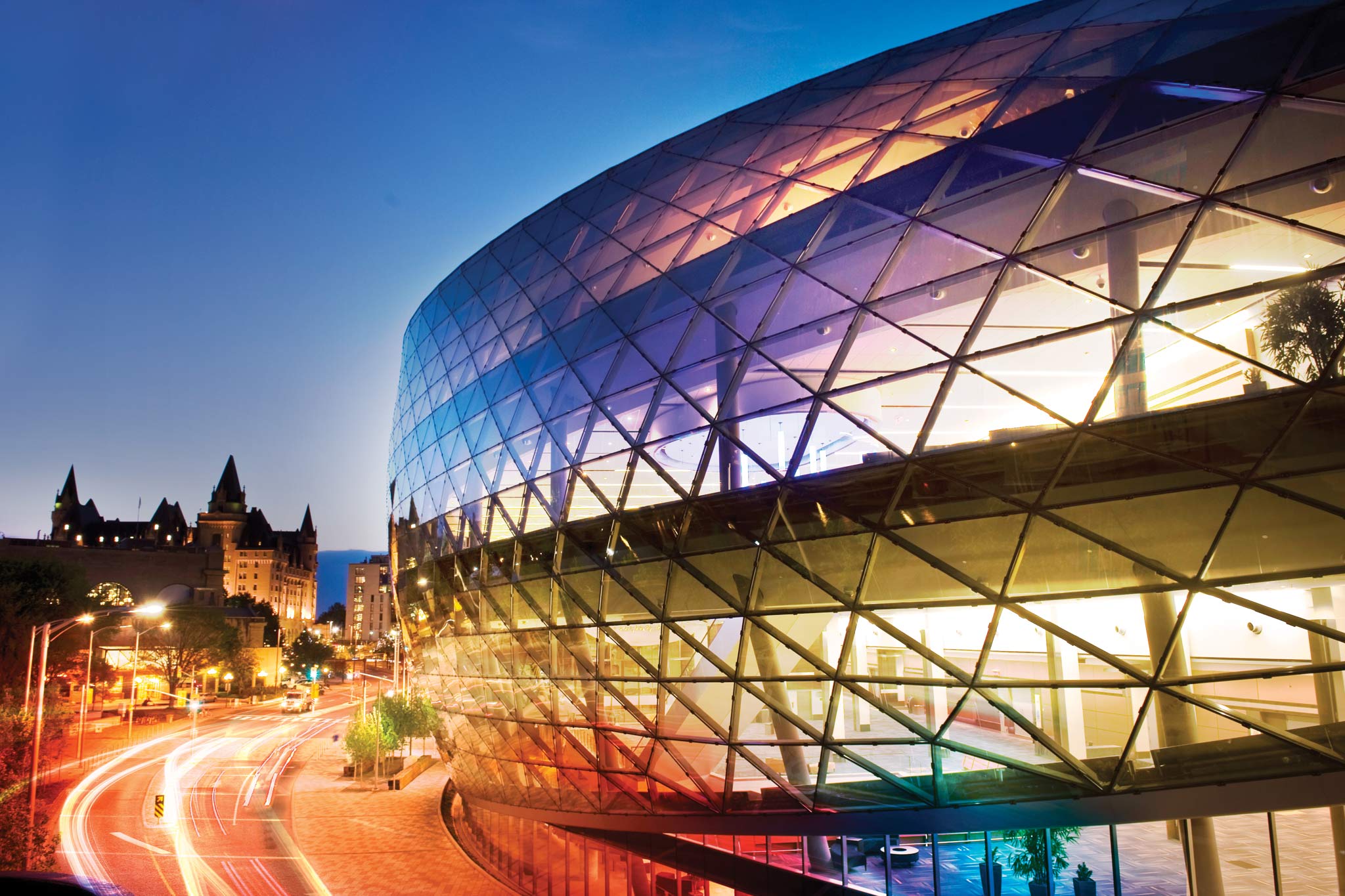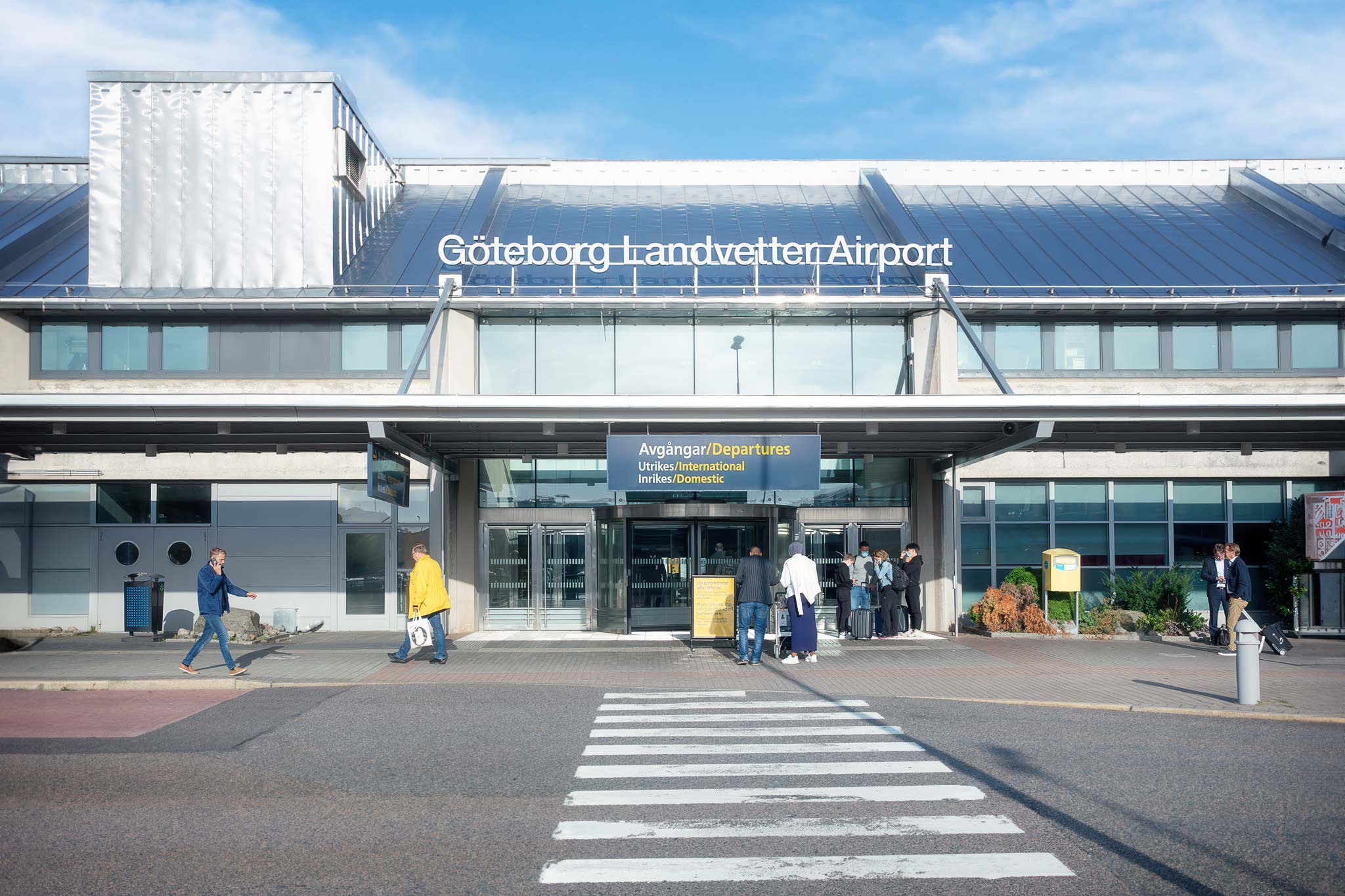Great news for the new CCH – Congress Center Hamburg: It is the first and, thus far, only German convention centre to earn Gold certification in the Revitalisation category from the German Sustainable Building Council (DGNB). This is the highest DGNB sustainability certification level awarded to an existing convention building. Compared to constructing a completely new building, the CO₂ emissions from the production processes for the modernisation and redesign of the new CCH – Congress Center Hamburg were reduced by approximately 50 per cent. This amounted to about 25,000 tons of CO₂ saved in production.
The new CCH, which is based on designs by architectural cooperative AGN Leusmann / Time Hupe Architekten, is not only one of the most modern but also one of the largest convention centres in Europe, offering 36,000 square meters of available space. It was modernised and remodelled by Sprinkenhof GmbH and is now operated by Hamburg Messe und Congress.
Sustainability was part of the concept from an early stage
“From the beginning, the sustainability topic was part of the considerations for revitalising the CCH. Sustainability goals were incorporated in the design competition and included in the evaluation of the entries as quantified criteria,” said State Secretary Andreas Rieckhof, Ministry of Economy and Innovation. “The CCH is one of Europe’s most modern convention centres. It is a key factor for the city’s economic appeal and positive image, and a centre of international scientific dialogue.”
Sustainability is a key topic as the events industry faces the future
“We are very happy that the CCH – Congress Center Hamburg has been awarded this outstanding distinction for sustainability,” said HMC President and CEO Bernd Aufderheide. “Sustainability is key to our future competitiveness. Convention centres must fulfil the most stringent sustainability standards to meet customer and societal expectations. The CCH is perfectly positioned to do so.”
“The CCH uniquely combines the concept of ecological, technical and social sustainability with daring artistic vision,” emphasises Heike Mahmoud, Chief Operating Officer of the CCH – Congress Center Hamburg. “The City of Hamburg’s farsighted planning regarding the sustainability of the CCH has become a key element of our customer acquisition strategy.”
“The revitalisation of the building, which originally dated from 1973, entails a transformation: Thanks to its timeless yet modern architecture that puts people at the centre, the CCH is designed to satisfy today’s needs and cater to future needs. One aspect we particularly cared about was to make the CCH both high-value and sustainable to be ready for future challenges, and we are excited to see our efforts resulting in Gold certification by the DGNB,” declares Martin Görge, CEO of Sprinkenhof.
To make sustainable building practicable, measurable and thereby, comparable, the German Sustainable Building Council (DGNB) has developed a unique certification system which saw its first market application in 2009. The system has since undergone steady development and is considered the world’s most advanced system today. It is recognised internationally as a ‘global benchmark for sustainability’. Within the DGNB certification scheme, the CCH earned an overall compliance score of 76.7 per cent, achieving a Gold certificate.
“The forward-looking way in which the legacy substance of the building was handled is of enormous importance in terms of sustainability and climate protection,” explains Chief Executive Officer, DGNB, Johannes Kreißig. “The more pleased we are to see the CCH deliver an outstanding example of a revitalisation project that has shown to holistically incorporate the many sustainability requirements of DGNB certification.”
Eco-friendly and healthy building products
No less than 85 per cent of the wood products used in remodelling the CCH – Congress Center Hamburg came from sustainable forestry. Every effort was made to give preference to eco-friendly and healthy building materials. The building products underwent strict scrutiny and qualification testing, resulting in outstanding interior air quality test results.
“For the purposes of DGNB certification, 837 construction products were inspected prior to installation and tested for suitability regarding material properties and formulation components as a prerequisite for a healthy interior space hygiene, which has since been confirmed by conducting room measurements,” comments Jan Zak, the auditor in charge of the CCH – Congress Center Hamburg.
Barrier-free building
The new CCH – Congress Center Hamburg meets the stringent requirements for barrier-free access; it features audio induction loops and tactile guidance systems, visual alert systems, digital signage and strobe lights. The underlying barrier-free concept was developed jointly with representatives of various interest groups.
Improving the microclimate while minimising resource consumption
To improve the local microclimate, increase biodiversity and reduce the ecological footprint of the building, 2,000 square meters of additional rooftop garden area were implemented above Hall 1. The statutory energy efficiency requirements were surpassed by around 20 per cent for the modernised portions of the building and approximately 30 per cent for the newly-built parts.
High-quality experience and complex digital lighting and event technology
The planners placed great emphasis on high-quality lighting in the individual rooms as well as the foyer, with the objective of following the natural daylight rhythm in the halls and meeting rooms while creating well-balanced illumination levels and light moods. They selected high-efficiency, perfectly dazzle-free lights fitted with LED technology.
“The horisontal Brise Soleil sun breakers create a pleasant daylight mood and an excellent visitor experience in the new entrance hall and the Belvedere, which combines well with the fantastic view across the surrounding park landscape. The long horisontal brise soleil elements allude to the vertical ornamental strips and protect against direct sunlight, producing a natural shading effect. Thanks to the smart control of the façade openings, it was possible to avoid installing an energy-intensive air conditioning system,” says architect Tim Hupe.





